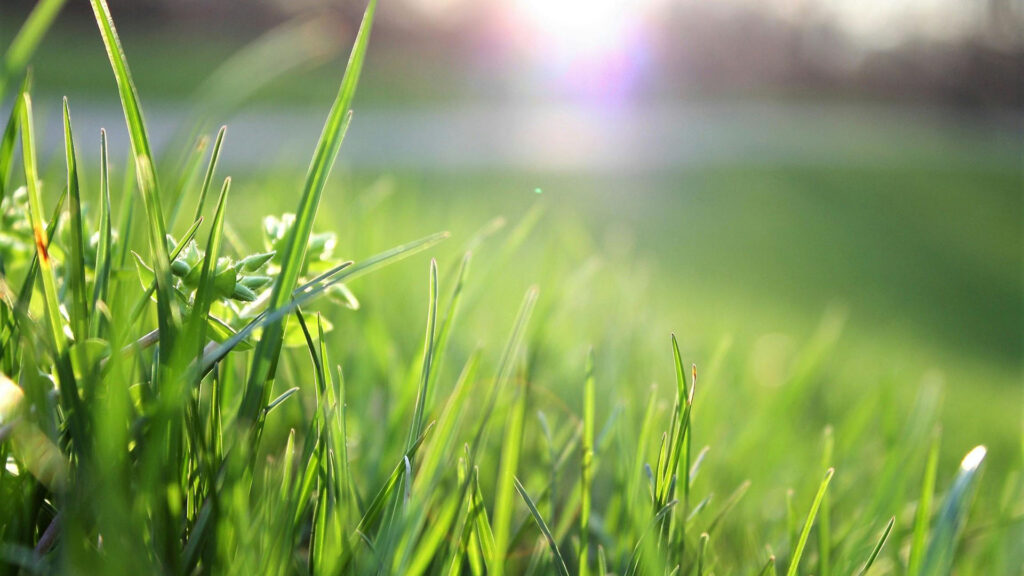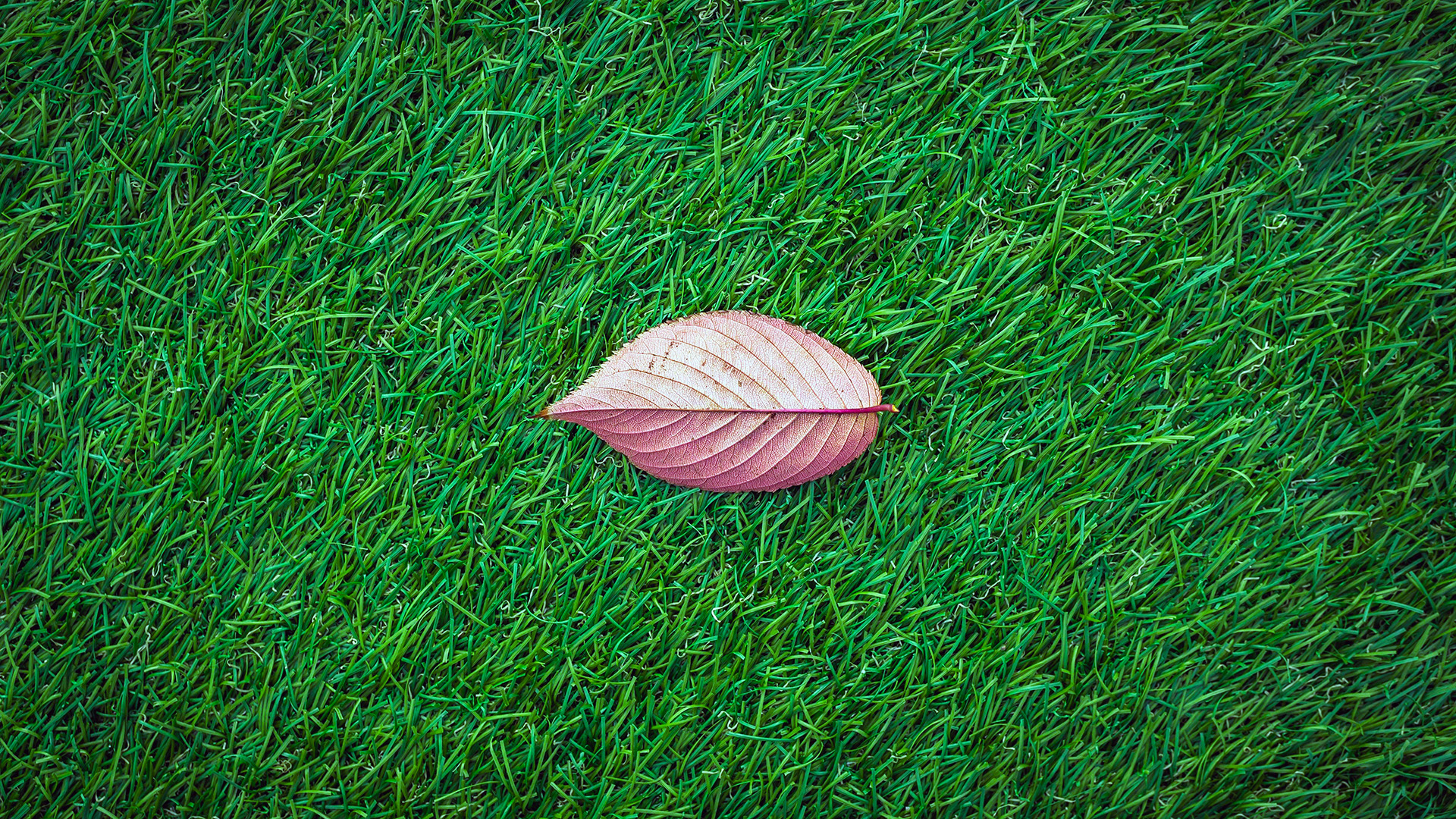by Shawn Crowle
Maintaining a lush, green lawn – for many of us it’s an essential part of our home and one of our favourite parts of summer, but the environmental impact of this common practice is often overlooked. Here are some surprising ways your lawn care routine might be affecting the planet.

Water Usage
Lawns require a substantial amount of water to stay green – especially during hot, dry weather. In fact, residential lawn irrigation accounts for approximately 50% of Canada’s domestic water use during the summer months. This highlights the significant impact lawn watering has on overall residential water consumption.
Carbon Emissions
Equipment such as gas-powered mowers, trimmers, and blowers all contribute to carbon emissions. In fact, some studies suggest that a gas-powered lawn mower produces as much air pollution as 11 cars operating for the same time period.

Chemical Runoff
The chemicals we use to promote growth and deter pests often end up in local water systems through runoff, leading to the pollution of rivers, lakes and groundwater, harming aquatic life and potentially affecting the quality of our drinking water.
Biodiversity Loss
Our landscape is naturally made up of diverse habitats with varying types of grass and vegetation. Replacing these habitats with uniform lawns can create a monoculture that is at odds with local biodiversity, displacing native plants and animals.

So what can we do as individuals?
To reduce these environmental impacts, consider adopting sustainable lawn care practices such as:
- Organic Lawn Care: Avoid chemical fertilizers and pesticides, opting instead for compost or organic fertilizers, introducing beneficial insects like ladybugs as natural pest control, and vinegar and water solution as a natural herbicide.
- Proper Mowing Habits: Mowing at a correct height of roughly 3 inches encourages deep root growth and shades out weeds.
- Efficient Watering Practices: Water deeply and infrequently to encourage deep root growth, making your lawn more drought tolerant and less reliant on frequent hydration.
- Make The Switch To Electric Equipment: Switch to electric or even manual lawn tools to reduce emissions.
- Xeriscaping and Native Plants: use drought-resistant and native locally-native plants to reduce water reliance and support local wildlife and biodiversity.
By rethinking our approach to lawn care we can reduce our environmental footprint and create healthier ecosystems in our own backyard, benefitting our communities, both local and global.




